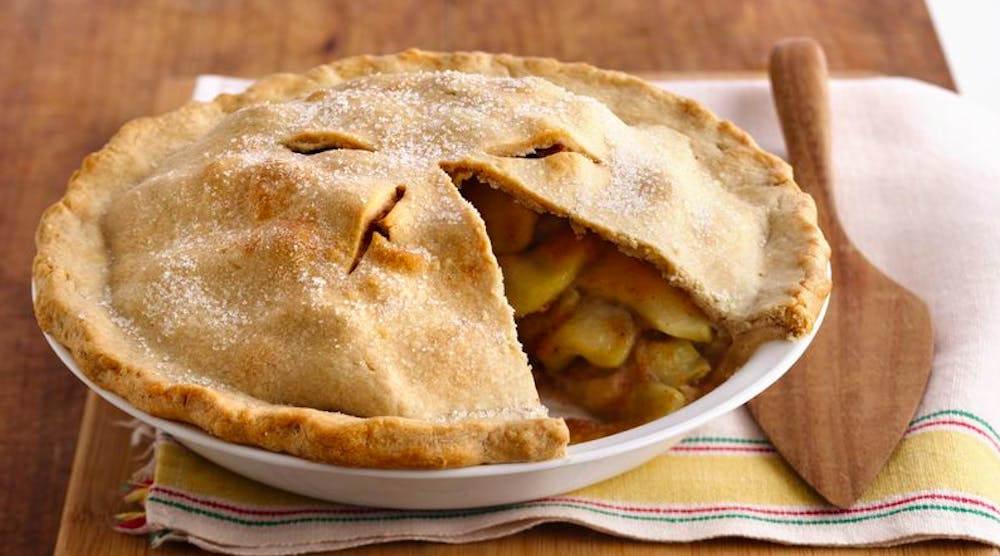
As Thanksgiving break included what were probably the last stress-free days before the end of the semester, I decided to honor the occasion by putting off all of the work that I had to complete and chose to indulge in the food of the holiday instead. But I suppose I must have missed learning, because I couldn’t just eat the food, I wanted to know more about what I was eating. At least I got some research done during the break.
Here are the questions and answers, helpfully provided by the internet, that I found more pressing than the questions my professors had assigned this week:
Where did the flavor blue raspberry come from?
This confused me to no end when I was younger: Why was blue raspberry a flavor at all? All other fruit-flavored candies got to keep their normal colors.
As it turns out, that was the problem that prompted blue raspberry to become a flavor in its own right. When ice pops started to be mass produced in the 1960s, raspberry, strawberry, cherry and watermelon flavored pops looked too similar to one another. The designers behind the ice pops began to dye each with a slightly different shade of red. Raspberry received the darkest shade, until the FDA banned Amaranth, the key ingredient in the dye, due to troubling reactions from consumers. To keep from losing the raspberry flavor entirely, it was decided that the raspberry flavor would be matched with unused blue food dye. Years later, the flavor remains a standard in the candy industry.
Which pie flavor was invented first?
The short answer: meat pies. The long answer: Initially, everything cooked in an oven was a pie. Pies, originally made by the Romans, were intended to store a filling that was baked. The filling would be eaten, while the actual pie crust itself would not. By the 1100s, pies (then known as pyes) had made their way to England, usually with thick crusts containing a meat filling, often fowl. The crusts were known as coffyns (later coffins), as everything they held inside had been killed. It was not until the 1500s that sweeter pies were added to the repertoire.
What is a berry?
I never thought to question what a berry actually is, until I discovered that strawberries, blackberries and raspberries are not berries, while bananas are. What is a berry, if not the finger food of the fruit world?
The answer, it turns out, is that berries are fruits with a three-layer structure. The innermost structure contains the seeds — there must be at least two seeds — and the plant has to have only one flower and one ovary.
Culinary berries are often ruled out because of these distinctions: Cherries only have one seed, for example.
Strangely, these rules also mean that many fruits that would never have considered berries are actually classified as such. Oranges, tomatoes and avocados all fall under the true berry category.
It should be noted that the word “berry” was initially used to refer to all fruits, not just the ones that adhere to the rules. Scientists are well aware that people confuse the current meaning of the word in almost every case. However, with much greater issues demanding attention, it is unlikely that the berry conundrum will be solved any time soon.
Why do bagels have holes in them?
The most important aspect of the bagel is also what makes the least sense from a consumer’s perspective: Why would something with less dough be valued as better than regular bread? There are actually several reasons for the hole to be included. Round foods with holes are more inviting for children, who like to play with their food and have an easier time doing so if they can grab it, as the bagel allows them to do. The hole also lets bagels cook faster, something which was extremely important when bagels were being cooked and sold on the streets of New York City.
Relevant note: I’m from New Jersey, and bagels from the Tri-state area are objectively better than all other bagels. If you have not tried one, you are missing out.

















